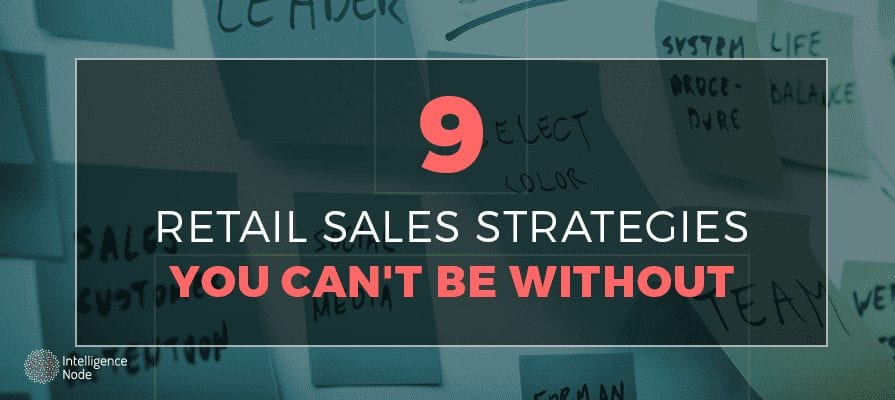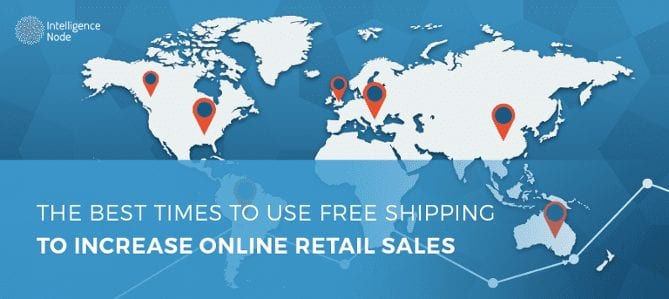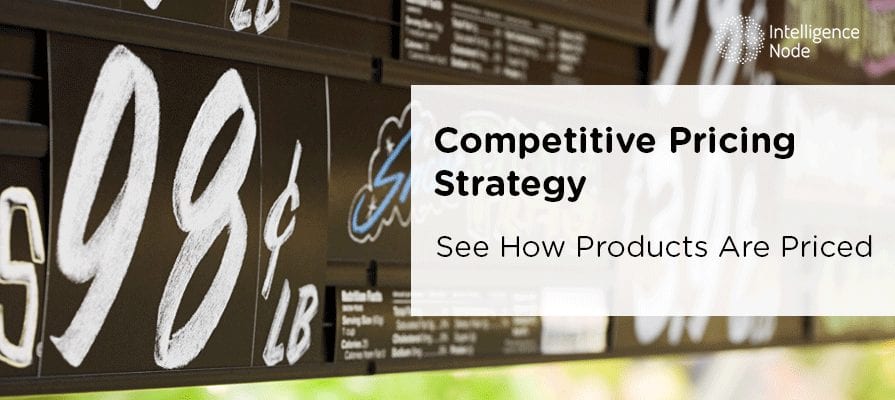In any business, strategy is often the difference between a soaring success and a futile effort to connect with the customers you crave. However, with its continuing evolution and increasing competition in recent years, the eCommerce space might be even more reliant on the strength of retail sales strategies in order to capture business.
After all, the way you price, present and market your online products defines the way in which consumers perceive the value you offer and guides their decision to make a purchase or wait for one of your competitors to scoop up the opportunity.
The Pricing Is Right
The most obvious obstacle standing in the way of more sales is often the pricing. Customers are rightfully discerning of how they spend their hard-earned money, and it’s up to you to decide how best to convince them that your product is worth a try. Here are a few must-have pricing strategies you should be using to entice customers.
- Loss-leader pricing: Selling your product below market value may initially seem like a no-win scenario. Yet, conventional wisdom isn’t always useful when it comes to the sales game. This approach, known as loss-leader pricing, opens up the potential for future marketing to customers and presents the chance to boost the average revenue per user, encouraging customers to add more items to their carts. (Find out how you can automate this process.)
- Bundle pricing: One of the most widely used pricing formats, this one simply relies on grouping related items together to jointly persuade customers to make a purchase. By combining multiple products into a simple bundle, you’re able to streamline the decision to buy and create the perception of increased collective value.
- Personalized pricing: Because of all the data out there, you may very well be able todetermine optimal prices for each specific user. Using a number of different factors, this system creates a real-time understanding of a customer’s purchase history, product searches and customer loyalty. Personalized pricing is often best employed with regular customers or in concert with newly available products.
Offers They Can’t Refuse
Though the pricing associated with a specific product could ultimately make or break a potential purchase, don’t forget to finetune the offers themselves. How you present a product to consumers can be just as instrumental in closing a purchase as pricing. So let’s review some tips you can incorporate into your product offers as soon as possible.
- Free shipping: Companies like Amazon have set the tone within the industry, and now customers all but expect free shipping to be on the table. Perhaps it’s a blanket offer, or it might be one that only applies when users hit a certain minimum purchase price. Regardless, shipping options like this one are among the biggest incentives to buy from one site over another. It’s not an area that your business can afford to ignore.
- Featured products: When you present too many options to consumers, the result can overwhelm them to the point that a purchase decision actually becomes more difficult to achieve. By focusing in on just a single product on your homepage, you’ll have more space to highlight its benefits and be able to more successfully guide consumers through to checkout.
- Urgent offer: There’s a reason that so many retailers rely on impulse purchases to boost their bottom line. No matter what your product is, urgency sells. The very fact that a limited-time offer might slip past consumers is enough to drive sales up, especially if you have done your homework from a marketing and pricing standpoint. Act now to make this technique part of your regular strategy.
Revisit the Marketing
Long before customers can ever even be presented with your products (no matter the pricing), you must first establish a sense of trust and confidence with them. Customer relationships have to start somewhere, and luckily, several key strategies can help you boost awareness and spread word about your business and the products you provide.
- Customer connections: Although social media should be a key part of your marketing efforts, it’s even more essential that all of your communications with customers centers on engaging them in a conversation. Today’s consumers are too savvy for cold sales pitches to remain effective. Get to know your customers, and hone in on the benefits your products can offer them.
- The omnichannel approach: Mobile technology has necessitated the importance of a more multifaceted way to tackle your marketing. Tapping into the current omnichannel philosophy, you can unite your desktop website, mobile-optimized site, mobile application and other venues customers use to engage with your business. The possibilities for boosting sales and cross-promoting are limitless.
- Content marketing: We can’t say enough about the advantages of implementing content marketing into your business. The internet is so often used as a free source of information that creating blogs, whitepapers, ebooks, videos and endless other forms of content is undoubtedly one of the best ways to hook consumers and keep them with you for the long haul.
For more details about how you can tailor your retail sales approach to optimize the success and reach of your business, check out our eBook, “A Comprehensive Guide to Competitive Online Retail Pricing Strategies.”





